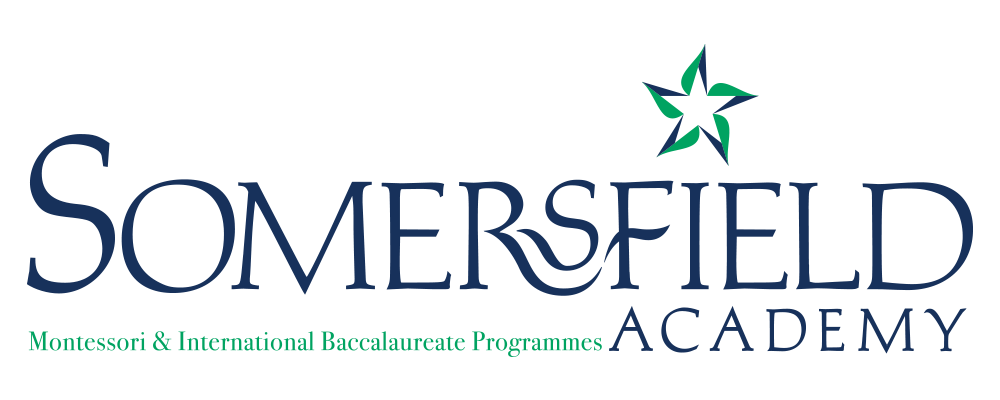The Montessori Approach to Music Education
“The power of imagination is what educates”
From the beginning, we train children in moving their bodies to different moods and rhythms. Listening to, analysing and describing events is also part of their daily experience, and fits into both their classification work, and their exploration of concepts.
Students have clapped rhythms together. Thus in keeping with the philosophy of starting from something that the students know and understand we will draw upon and extend this preparation with the presentation of the reading and notating music, improvising melodies, composing and arranging music within specific guidelines.
Music involves the three dimensions of Montessori – mind, body, spirit; and can, therefore, be a highly integrating force in the development of the child's personality. In the music room, students are provided with many opportunities for creative self-expression.
The language of music can be described as a foreign language that combines math, science, sounds and symbols. Since music is a language, the Primary Two students learn music vocabulary and symbols that are then used in the studies of various musical styles, history and geography of instruments and cultural songs, lyrics for songs, as well as in the reading of music notation.
Lessons are created with the awareness that students have mixed abilities and therefore goals are set to tailor the range of previous experiences. Constant teacher and peer feedback encourage the students to continue in their progress. Repetition, exploration and reflective communication also aid in this process. Risk-taking as well as collaborative work allows students to problem-solve and construct alongside their peers.
Students have opportunities to sing alone and in groups using a varied repertoire of music. In addition to singing, Primary Three students will perform on their recorders and other instruments alone and in an ensemble. In Primary Four students work on acquiring their recorder belts which will increase in challenge and complexity as the children progress.
In the Music Appreciation component students will be exposed to a concept called SQUILT which is an acronym for Super Quiet Uninterrupted Listening Time. They will be evaluating music and music performance, develop an understanding of the relationships between music, the other arts, and disciplines outside the art and understanding music in relation to history and culture. This increases student’s inquisitive nature and acts as the catalyst to aid students in making connections.
The curriculum is based on performance - instrumental and vocal; creating and composing; notation; and listening and appreciation.

